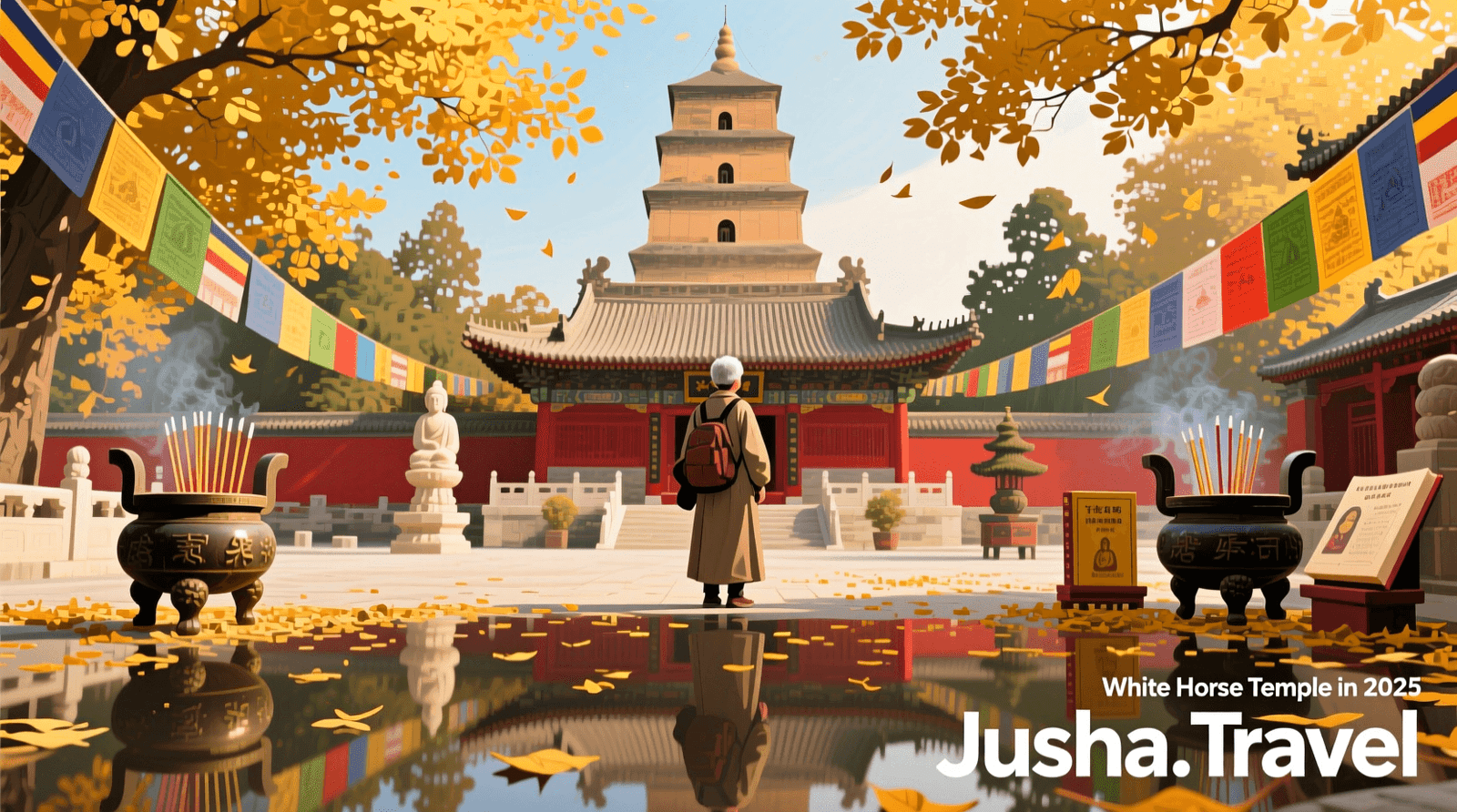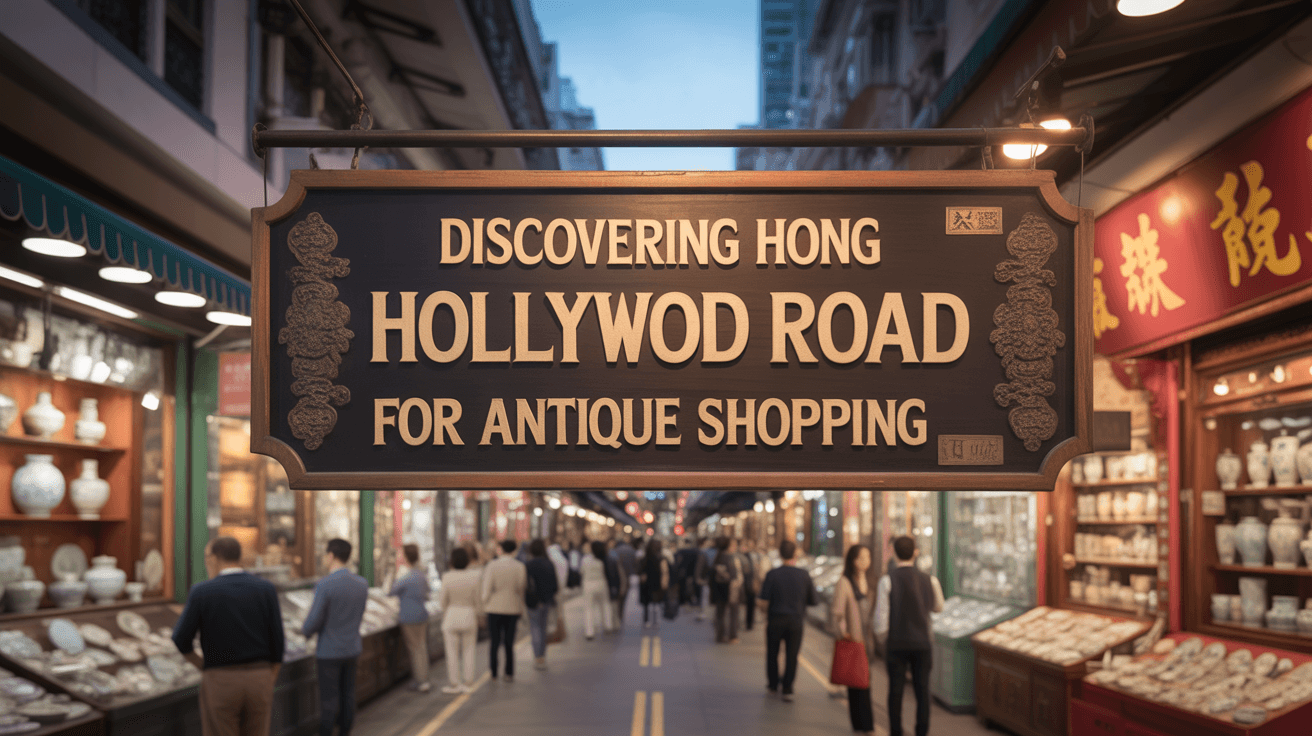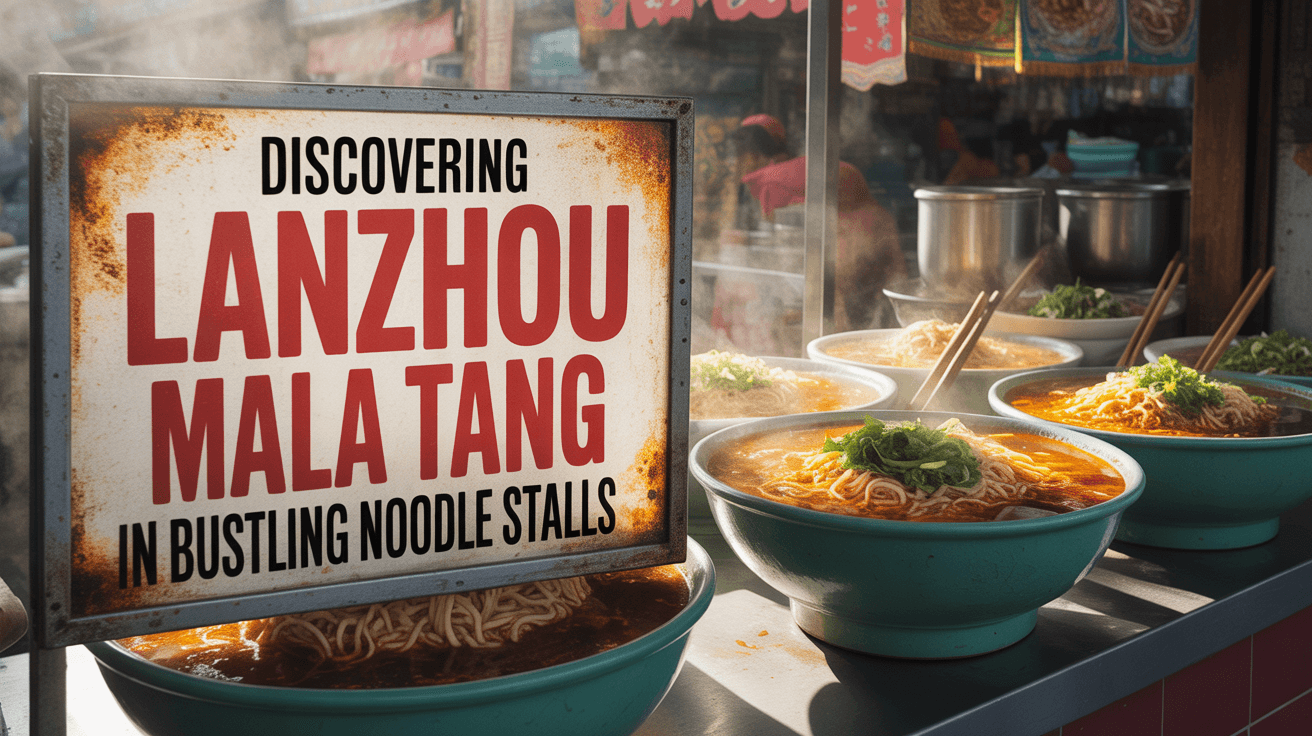Reflections on Luoyang White Horse Temple: Eternal Legacy
Discover the timeless reflections on Luoyang White Horse Temple, China’s first Buddhist site, through a first-time visitor’s eyes. Explore its heritage, stories, and 2025 travel vibes amid visa booms for older explorers. Uncover China temple heritage and historical journeys on Jusha Travel.
Reflections on Luoyang’s White Horse Temple Legacy
As I stepped off the high-speed train in Luoyang, the air hummed with a quiet anticipation. It was my first time in China, and the Luoyang White Horse Temple beckoned like a whisper from ancient history. Founded in 68 AD, this revered site marks the birthplace of Buddhism in China, a pivotal moment when two Indian monks arrived on white steeds, carrying scriptures that would shape a nation’s spiritual landscape. In 2025, with visa policies easing for older travelers, more first-time visitors like me are drawn to such wonders, blending reflective travel with profound cultural immersion.
At Jusha Travel, we believe in uncovering these layers of China temple heritage through personal narratives. My journey to the Luoyang White Horse Temple wasn’t just a visit; it was a meditative pause amid the rush of modern China. The temple’s legacy resonates deeply, offering Buddhist temple stories that bridge millennia. As we navigate post-2025 visa booms, this site invites historical temple journeys that inspire introspection and connection.
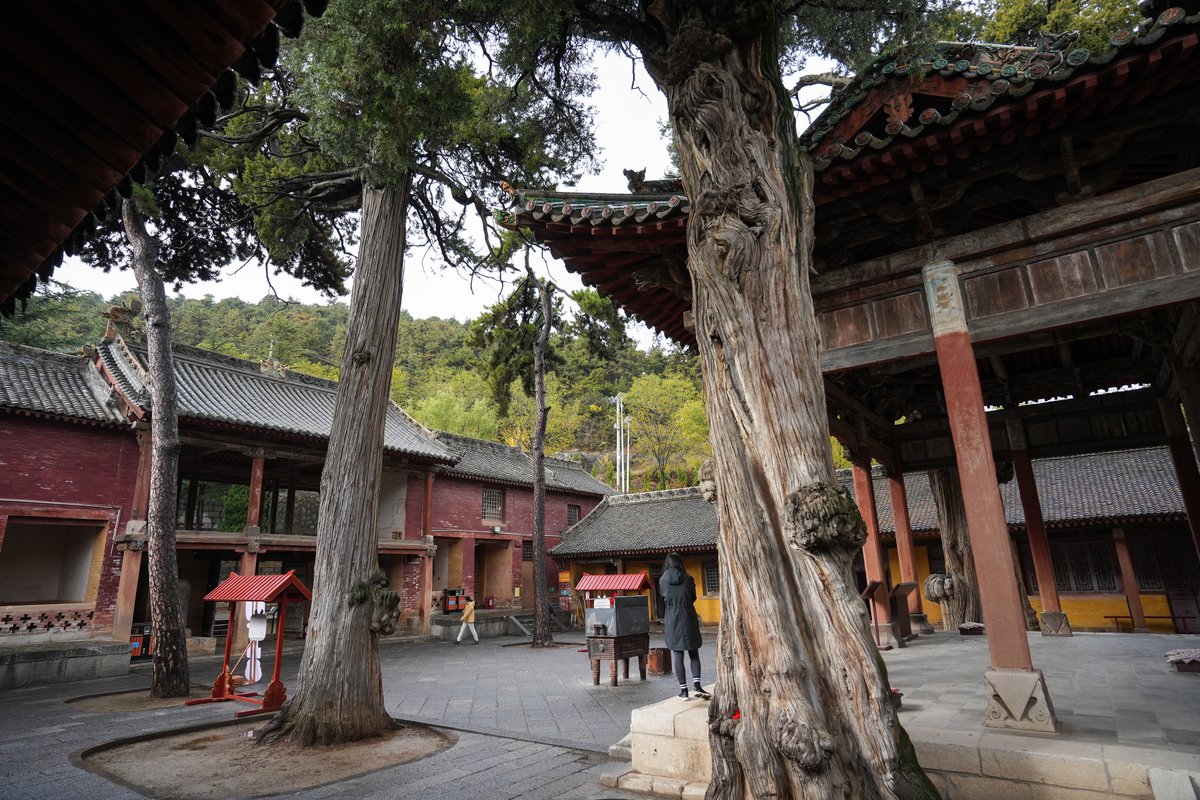
Caption: Entering the sacred grounds of Luoyang White Horse Temple, where history unfolds in every stone.
This narrative unfolds my discoveries: from the temple’s origins to its architectural splendor, the echoes of translation hubs, and relics that whisper of enduring faith. We’ll delve into how it fits into 2025 reflective travel trends, especially for those embracing first-time cultural visits later in life. Join me as we reflect on this cornerstone of China temple heritage.
Table of Contents
- Arriving at Luoyang White Horse Temple: A First-Time Visitor’s Journey
- Uncovering the Origins and Founding Legends
- Architectural Marvels and Sacred Spaces
- The Role in Buddhist Temple Stories and China Temple Heritage
- Modern Preservation and Tourism in the Post-2025 Era
- Personal Reflections: Historical Temple Journeys at Luoyang White Horse Temple
Arriving at Luoyang White Horse Temple: A First-Time Visitor’s Journey
The journey to Luoyang began with excitement tinged with nerves. As a first-time visitor in my mid-50s, the eased 2025 visa policies for older travelers made this trip possible. No longer confined by stringent requirements, many like me are embracing reflective travel, seeking solace in sites like the Luoyang White Horse Temple.
From Luoyang’s train station, a short taxi ride led me to the temple’s gates. The complex spans over 13 hectares, its south-north axis drawing me inward. Stone lions guarded the entrance, and the air filled with incense. This moment felt like crossing into another era, where first-time cultural visits awaken a sense of wonder.
For those planning historical temple journeys, arriving during spring—April to June—coincides with Luoyang’s peony blooms, adding vibrancy. I wandered the paths, reflecting on how this site embodies China temple heritage, a beacon for contemplative souls.
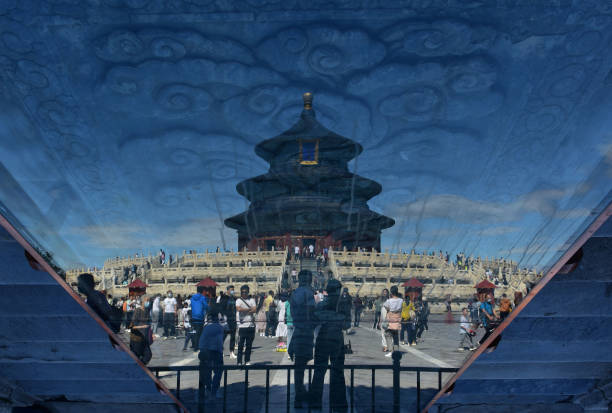
Caption: Serene pathways at Luoyang White Horse Temple, inviting peaceful reflection.
My heart raced as I approached the Mountain Gate, statues of the legendary white horses evoking the temple’s founding myth. This wasn’t mere sightseeing; it was a personal pilgrimage, blending the thrill of discovery with quiet introspection.
Uncovering the Origins and Founding Legends
Standing before the temple, I delved into its origins. Legend has it that Emperor Ming of the Eastern Han Dynasty dreamt of a golden figure flying into his palace. Interpreting this as a divine sign, he dispatched envoys westward. They returned with monks Kasyapa Matanga and Dharmaratna, scriptures on white horses—hence the name, Baima Si, or White Horse Temple.
For more on this, check out detailed accounts on Wikipedia. As a first-time visitor, hearing these Buddhist temple stories ignited my imagination. The temple, established in 68 AD, became China’s first official Buddhist sanctuary, a gateway for the faith’s spread.
In the context of 2025 reflective travel, such legends offer solace for older explorers seeking deeper meaning. The site’s role in historical temple journeys underscores its lasting impact on East Asian Buddhism.
I paused at the monks’ tombs near the gate, paying silent respect. This narrative weaves through time, from Han Dynasty visions to modern reverence, making every step a chapter in China temple heritage.
Architectural Marvels and Sacred Spaces
The temple’s architecture captivated me immediately. Following the traditional central axis, halls unfolded like a sacred procession. The Hall of Heavenly Kings greets visitors with imposing guardians, while the Hall of the Great Buddha houses a majestic Śākyamuni statue.
Further in, the Hall of Mahavira and Guidance Pavilion shimmer with golden icons of Amitābha and bodhisattvas. The Qiyun Pagoda, China’s oldest, rebuilt in the Jin Dynasty, stands as a testament to resilience. I traced its steps, feeling the weight of centuries.
Modern additions, like international Buddhist halls from India and Thailand, reflect global ties. For first-time cultural visits, these spaces blend ancient design with contemporary harmony.
| Structure | Description | Historical Significance |
|---|---|---|
| Mountain Gate | Entry with lion statues and white horse memorials | Symbolizes arrival of Buddhist scriptures |
| Hall of Heavenly Kings | Guarded worship space | Protects sacred teachings |
| Qiyun Pagoda | Ancient multi-tiered tower | First Buddhist pagoda in China |
| Cool and Clear Terrace | Scripture translation site | Hub for early Buddhist dissemination |
This layout, small yet profound, mirrors life’s deliberate path. As an older traveler, the serene gardens provided moments for quiet reflection on life’s cycles.
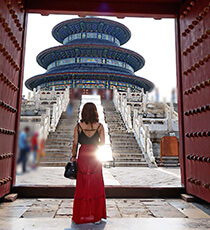
Caption: The iconic Qiyun Pagoda, a pinnacle of Luoyang White Horse Temple’s architectural legacy.
Exploring these spaces, I felt the temple’s evolution—from Han simplicity to Ming grandeur—echoing personal growth through historical temple journeys.
The Role in Buddhist Temple Stories and China Temple Heritage
Deep within, the Cool and Clear Terrace revealed its pivotal role. Here, the first Sanskrit sutras were translated into Chinese, birthing schools like Pure Land and Chan Buddhism. As I stood there, these Buddhist temple stories came alive, tales of enlightenment spreading eastward.
The temple influenced Korea and Japan, a cradle for East Asian faith. Relics like Yuan Dynasty ramie statues and Tang steles, including Zhao Mengfu’s calligraphy, preserve this legacy. For more on such treasures, see Ancient Origins.
In 2025 reflective travel, amid visa booms for seniors, this site offers profound first-time cultural visits. Linking to our top must-see temples guide, it stands as a pillar of China temple heritage.
Reflecting on Di Renjie’s nearby tomb—debated yet intriguing—I pondered justice and legacy, weaving personal insights into broader narratives.
| School | Key Contribution | Modern Relevance |
|---|---|---|
| Pure Land | Focus on devotion and rebirth | Popular for meditative practices |
| Chan (Zen) | Emphasis on meditation and insight | Influences global mindfulness |
| East Asian Spread | Transmission to Korea/Japan | Cultural exchanges today |
These stories, rooted in the temple’s history, inspired my own journey of self-discovery.
Modern Preservation and Tourism in the Post-2025 Era
Restored post-Cultural Revolution in the 1970s, the temple thrives today. International collaborations enhance its global appeal, with halls representing diverse Buddhist traditions. As a first-time visitor, I appreciated the balance of preservation and accessibility.
In 2025, with visa relaxations boosting older travelers, reflective visits surge. March to November is ideal, avoiding winter chills. Practical tips: Wear comfortable shoes for the grounds; entry is about 35 RMB.
For deeper dives, explore our ultimate guide to Chinese culture travel and heritage. Sustainable practices, like eco-friendly tours, align with modern tourism. Amid post-2025 visa booms, the temple offers serene escapes for historical temple journeys.
I joined a guided audio tour, learning of ongoing restorations. This blend of old and new made my visit a bridge between eras.
China’s UNESCO sites cluster highlights its protected status, enriching first-time cultural visits.
Personal Reflections: Historical Temple Journeys at Luoyang White Horse Temple
As the sun set, I sat in the gardens, reflecting on my day. The Luoyang White Horse Temple transcended stone and statues; it was a mirror to introspection. For older travelers embracing 2025 reflective travel, it provides solace amid life’s transitions.
Buddhist temple stories of perseverance echoed my own. Linking to Luoyang’s Dragon Gate exploration, this site complements regional heritage tours. Personal growth bloomed here, like the surrounding peonies.
Visiting felt like joining a timeless conversation—monks, emperors, and wanderers alike. For first-time cultural visits, it’s transformative. As I left, gratitude filled me; this historical temple journey reaffirmed faith’s enduring power.

Caption: Twilight reflections in the tranquil gardens of Luoyang White Horse Temple.
Explore more via our hidden temples guide or Beijing temple tours.
Frequently Asked Questions
What is the history of Luoyang White Horse Temple?
The Luoyang White Horse Temple, founded in 68 AD, is China’s first Buddhist temple. Legend tells of Emperor Ming’s dream leading to Indian monks bringing scriptures on white horses, establishing key China temple heritage. This site kickstarted Buddhism’s spread, with translations shaping doctrines. For first-time cultural visits, it’s essential.
How do I get to Luoyang White Horse Temple in 2025?
Arrive via Luoyang Longmen Airport or high-speed rail. Taxis or buses take 30-45 minutes from the station. Post-2025 visa booms make entry easier for older travelers. Best time: Spring for peonies. Entry fee is 35 RMB; plan for 2-3 hours. Ties into reflective travel trends.
What are the must-see features at Luoyang White Horse Temple?
Key spots include the Qiyun Pagoda, Hall of Mahavira, and Cool and Clear Terrace. Relics like ancient steles and statues highlight Buddhist temple stories. For historical temple journeys, the international halls showcase global ties. Perfect for 2025 reflective travel.
Is Luoyang White Horse Temple suitable for older travelers?
Yes, with eased 2025 visas, it’s ideal for seniors seeking reflective experiences. Paths are mostly flat, but wear comfortable shoes. Guided tours available. Emphasizes peaceful first-time cultural visits, aligning with China temple heritage exploration.
Can I learn about Buddhist temple stories here?
Absolutely. The site narrates Buddhism’s arrival and evolution through exhibits and legends. Translations from Sanskrit to Chinese began here, influencing Chan and Pure Land schools. Enhances historical temple journeys for thoughtful travelers.
What nearby attractions complement a visit to Luoyang White Horse Temple?
Pair with Longmen Grottoes or Luoyang Museum for deeper dives into local heritage. These enhance the China temple heritage experience. For more, see our Luoyang attractions.
Best time for reflective travel to Luoyang White Horse Temple?
April-June for blooms or September-November for mild weather. Avoid summer heat. In 2025, with visa facilitations, it’s prime for older visitors on meditative quests, blending personal reflection with profound history.
Conclusion
My reflections on the Luoyang White Horse Temple linger like the scent of incense. From its legendary founding to architectural grace, this site encapsulates China temple heritage in ways that touch the soul. As a first-time visitor, I found not just history, but a space for personal renewal—amid the halls, I contemplated life’s impermanence and enduring spirit.
In the post-2025 visa boom era, older travelers are rediscovering such gems, turning historical temple journeys into reflective odysseys. The temple’s Buddhist temple stories remind us of interconnectedness, from ancient monks to today’s seekers. Whether tracing scripture paths or admiring relics, it inspires awe.
At Jusha Travel, we’re passionate about these narratives, guiding you through China’s cultural tapestry. For more inspiration, dive into our pillar on Chinese culture or temple explorations. Plan your own visit; let the Luoyang White Horse Temple awaken your inner wanderer.
As I departed, the white horses’ spirit galloped with me—a legacy of peace and wisdom. In 2025 reflective travel, this temple stands eternal, inviting all to pause and ponder.

Caption: A final glimpse of Luoyang White Horse Temple, etched in golden light.
Explore our interactive map for more inspiration!

